The Soviet propaganda graphics that shaped the Russian Revolution
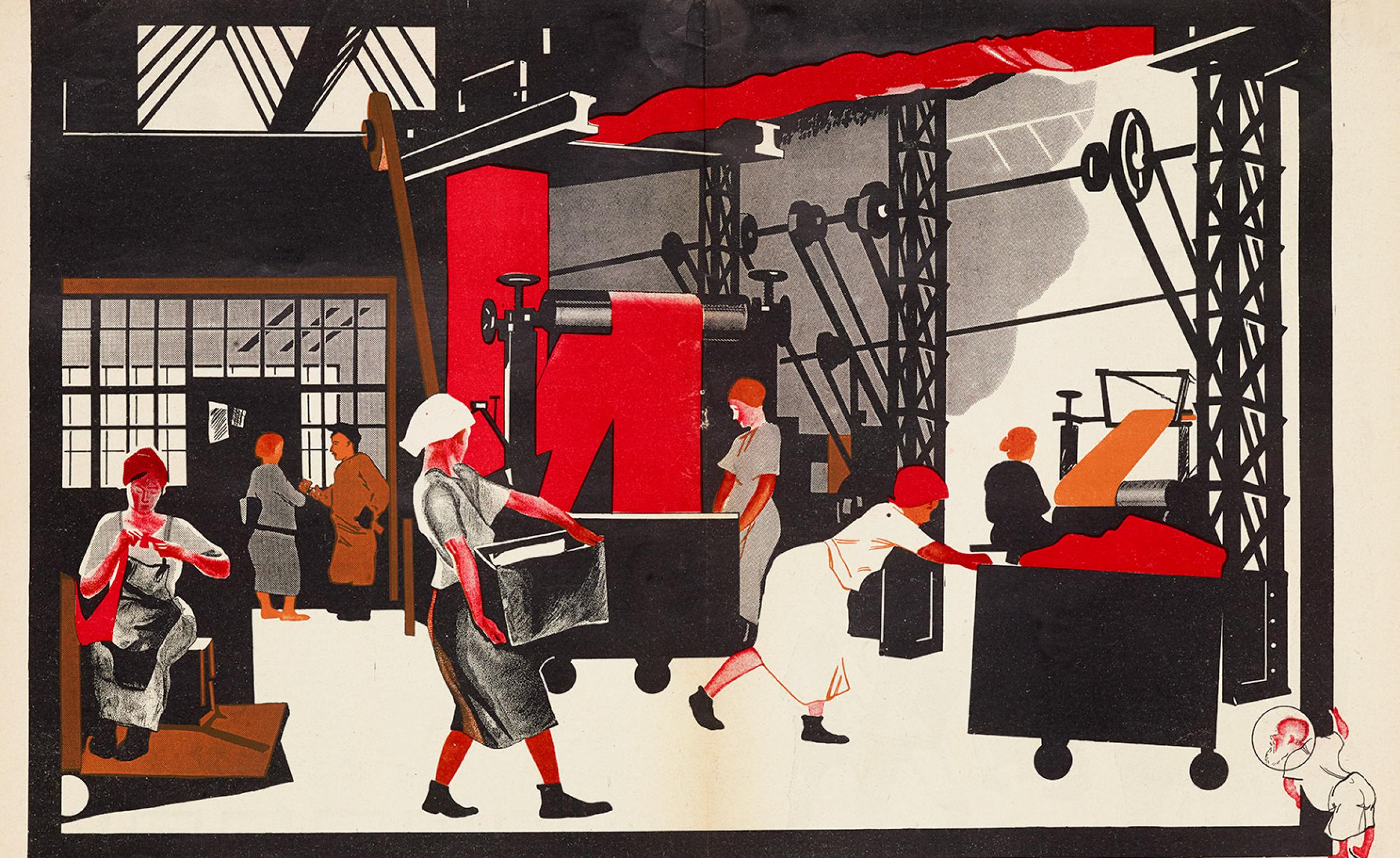
Propaganda today may come in a much more subtle and insidious form, but once not too long ago, nationalistic messages were sent out to the public loud and clear. The eye-catching graphic design of early 20th-century Soviet propaganda is an especially memorable example, and currently in the spotlight at The Wolfsonian – Florida International University, where two overlapping shows are in progress.
‘Red and Black: Revolution in Soviet Propaganda Graphics’ (5 April – 5 August) is an installation of 20 rare books, periodicals and book and portfolio plates, while ‘Construction Revolution: Soviet Propaganda Posters Between the World Wars’ (13 April – 12 August), organised by Maine’s Bowdoin College Museum of Art, shows how graphic designers interpreted the revolution’s utopian ideals for the communist dictatorship.
Together, both shows highlight the ties between culture and revolutionary ideology in the years right after the 1917 Russian Revolution – all the while showcasing the evolution and creation of a distinct graphic style.
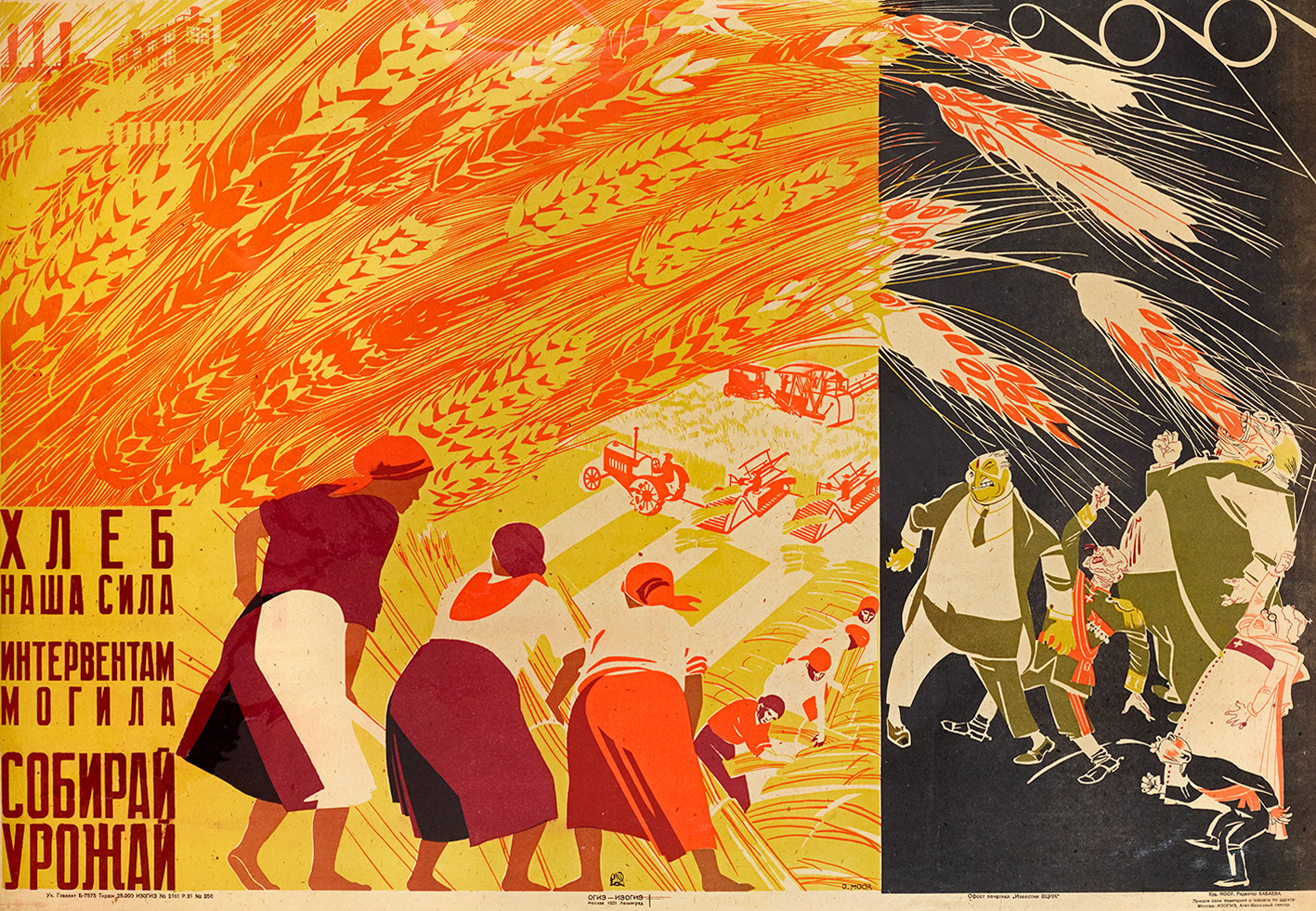
Gather the Harvest, 1931, by Dmitrii Moor. The Wolfsonian – Florida International University, Miami Beach, Florida, The Mitchell Wolfson, Jr Collection
With over 50 Soviet-era posters from the private collection of Svetlana and Eric Silverman, and rarely seen works possessed by The Wolfsonian, the ‘Construction Revolution’ exhibition includes examples by several influential members of the Soviet avant-garde, such as Vladimir Mayakovsky, Gustav Klutsis and Aleksandr Rodchenko.
The unique visual language of the posters not only encapsulates this volatile period in Russian history, but also shows how the communist ethos was translated into an accessible, fervent iteration of public art. Guided strictly by the state, yet still displaying a degree of artistic experimentation, the historic significance of these posters is especially poignant when viewed against the backdrop of politics today.
‘These works speak to the paradox of the Soviet Union during its early decades, when utopianism went hand-in-hand with manipulation,’ says Jon Mogul, Wolfsonian associate director of curatorial and education. ‘There is an undeniable sense of excitement, optimism, and experimentation in these images, though they also convey the sanitised and one-sided version of reality that contributed to the consolidation of a brutally repressive dictatorship.’

Dlia golosa (For Reading Out Loud), 1923, Vladimir Mayakovsky (author), and Gosudarstvennoe Izdatel’stvo (publisher). The Wolfsonian – Florida International University, Miami Beach, Florida, The Mitchell Wolfson, Jr Collection
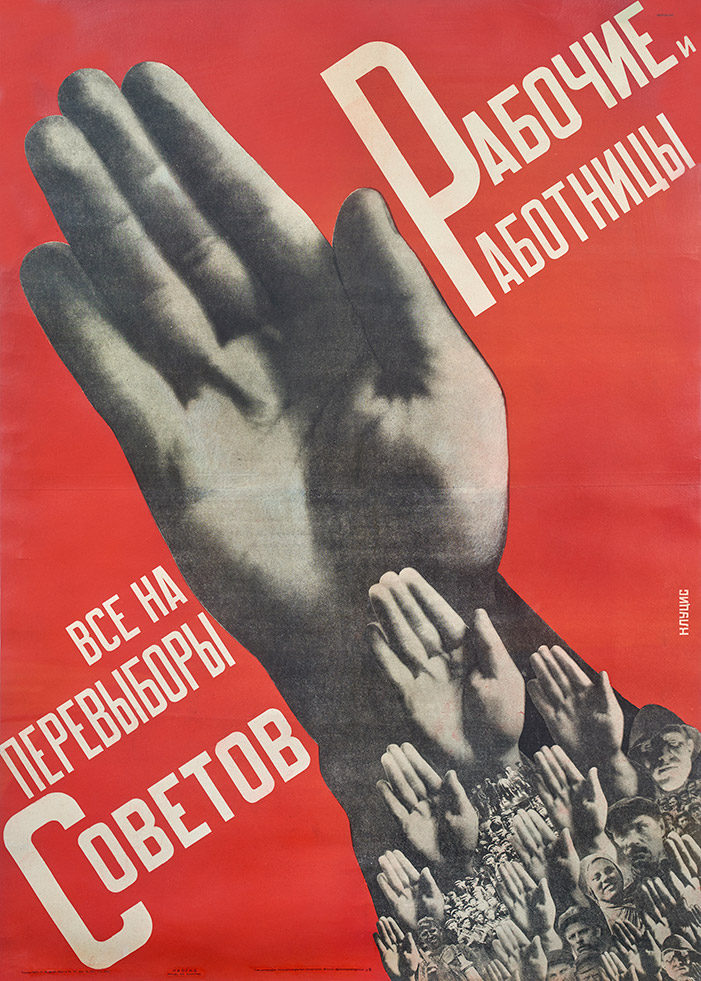
Working Men and Women – Everyone to the Election of Soviets, 1930, by Gustav Klutsis. Collection of Svetlana and Eric Silverman
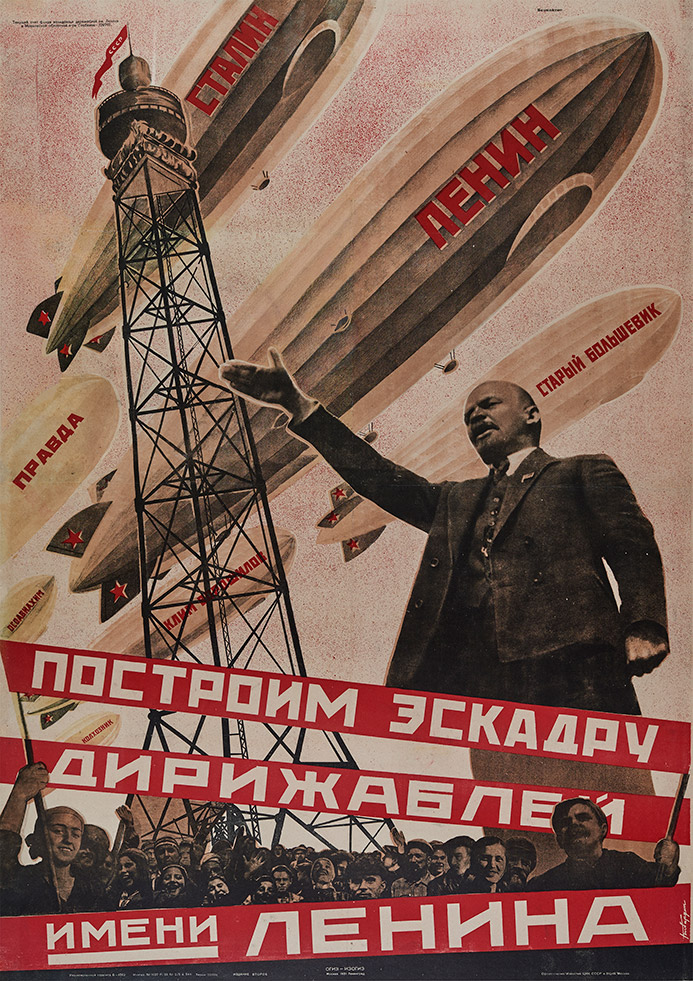
Let Us Build a Dirigible Fleet in Lenin’s Name, 1931, by Georgii Kibardin. Collection of Svetlana and Eric Silverman
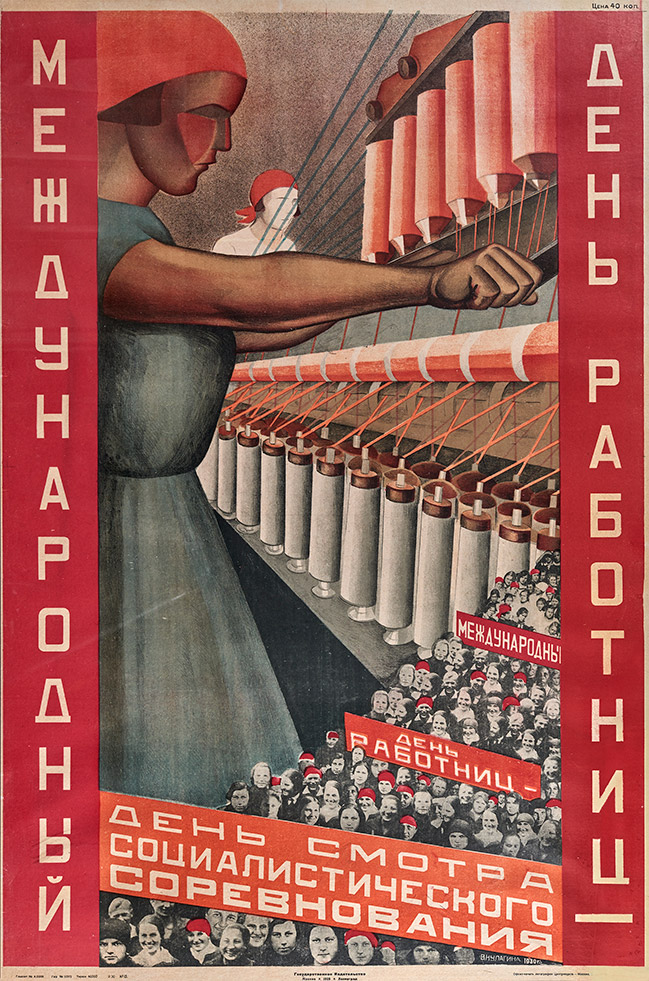
International Working Women’s Day, 1930, by Valentina Kulagina. Collection of Svetlana and Eric Silverman
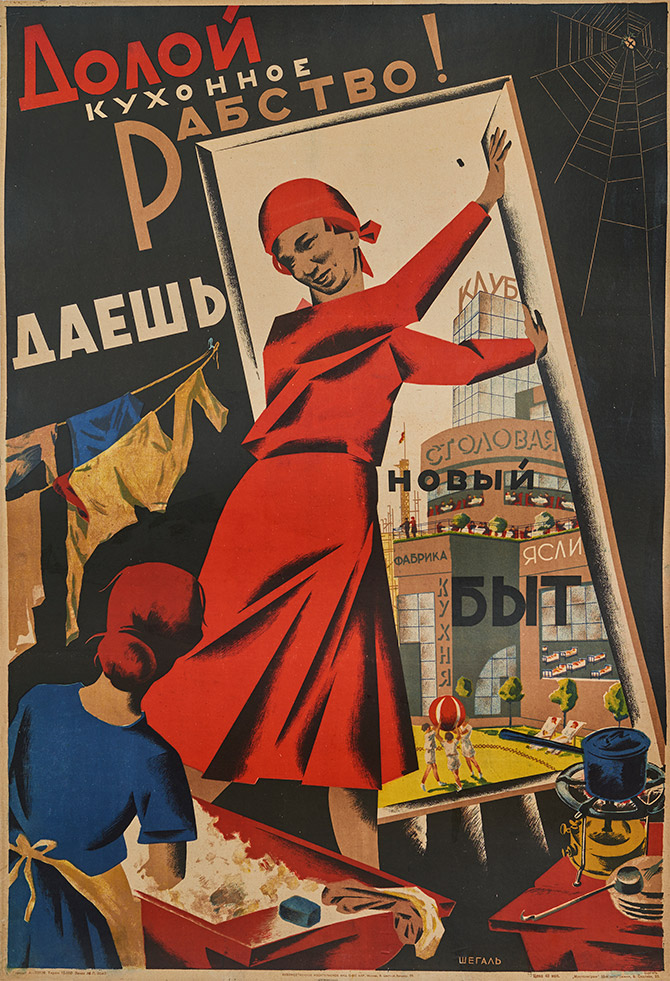
Down with Kitchen Slavery, 1929, by Grigorii Shegal. Collection of Svetlana and Eric Silverman
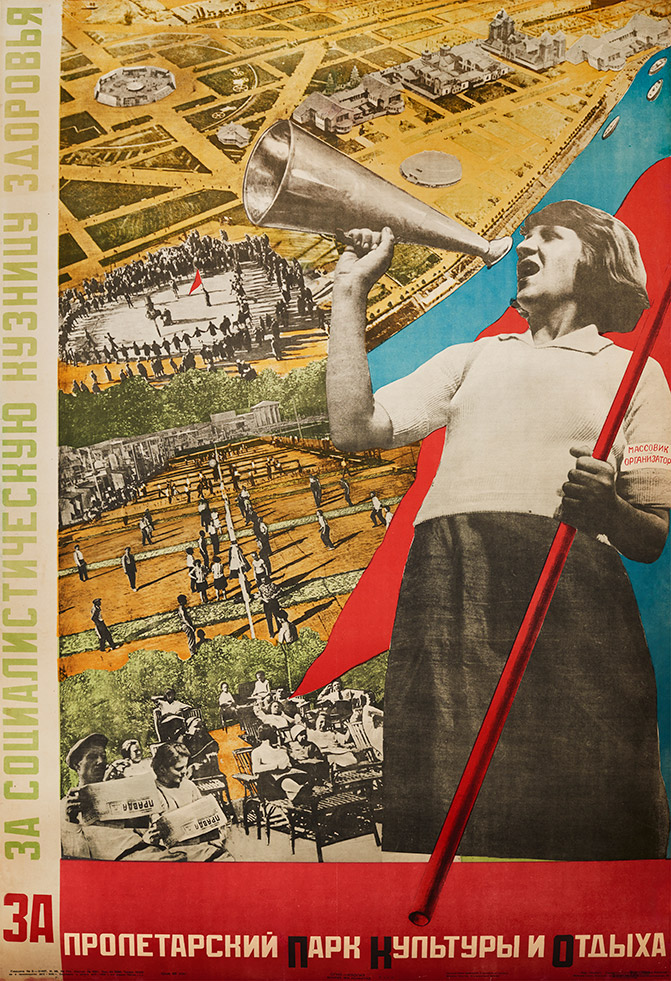
For the Proletarian Park of Culture and Leisure, 1932, by Vera Gitsevich. Collection of Svetlana and Eric Silverman
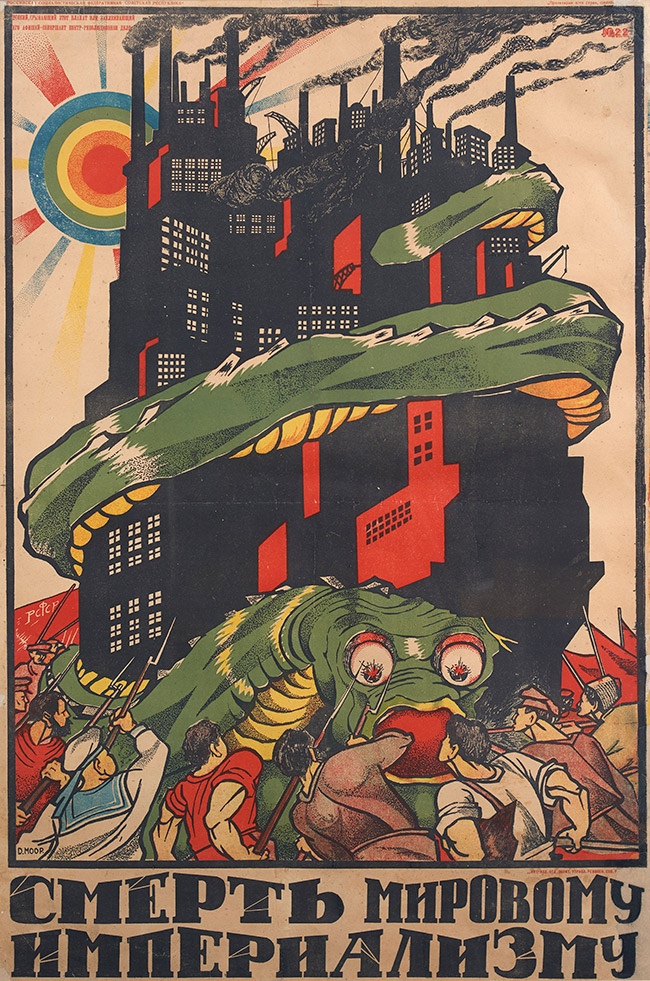
Death to World Imperialism, 1919, by Dmitrii Moor. Collection of Svetlana and Eric Silverman
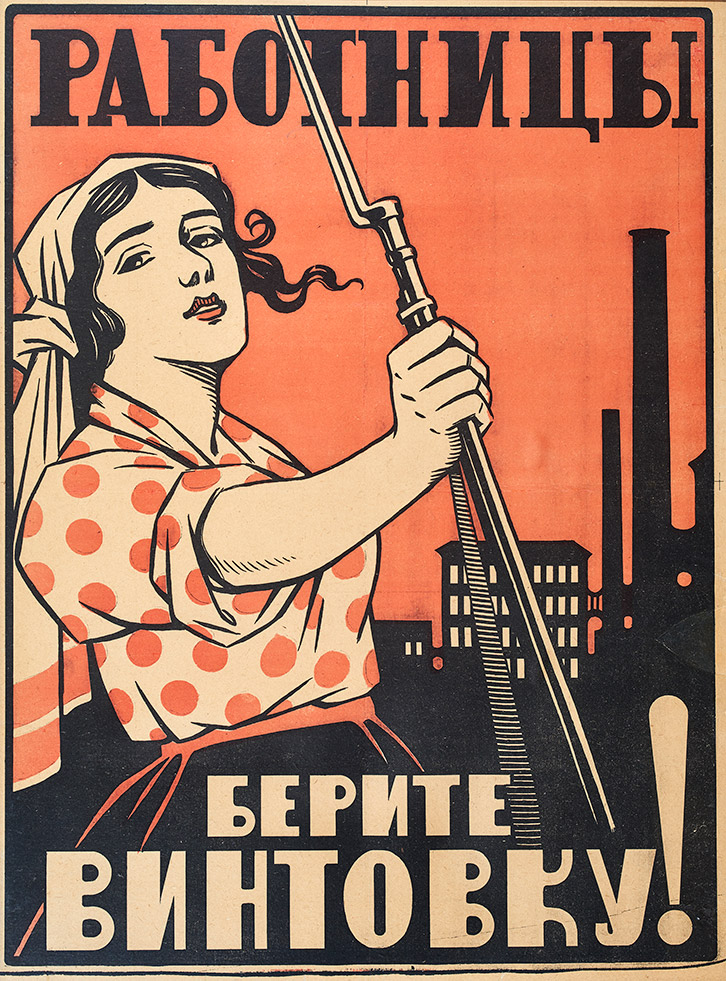
Women Workers, Take up Your Rifles, 1917, artist unknown. Collection of Svetlana and Eric Silverman
INFORMATION
‘Red and Black: Revolution in Soviet Propaganda Graphics’ is on view until 5 August. ‘Construction Revolution: Soviet Propaganda Posters Between the World Wars’ is on view until 12 August. For more information, visit The Wolfsonian website
ADDRESS
The Wolfsonian
Florida International University
1001 Washington Avenue
Miami Beach
Wallpaper* Newsletter
Receive our daily digest of inspiration, escapism and design stories from around the world direct to your inbox.
Pei-Ru Keh is a former US Editor at Wallpaper*. Born and raised in Singapore, she has been a New Yorker since 2013. Pei-Ru held various titles at Wallpaper* between 2007 and 2023. She reports on design, tech, art, architecture, fashion, beauty and lifestyle happenings in the United States, both in print and digitally. Pei-Ru took a key role in championing diversity and representation within Wallpaper's content pillars, actively seeking out stories that reflect a wide range of perspectives. She lives in Brooklyn with her husband and two children, and is currently learning how to drive.
-
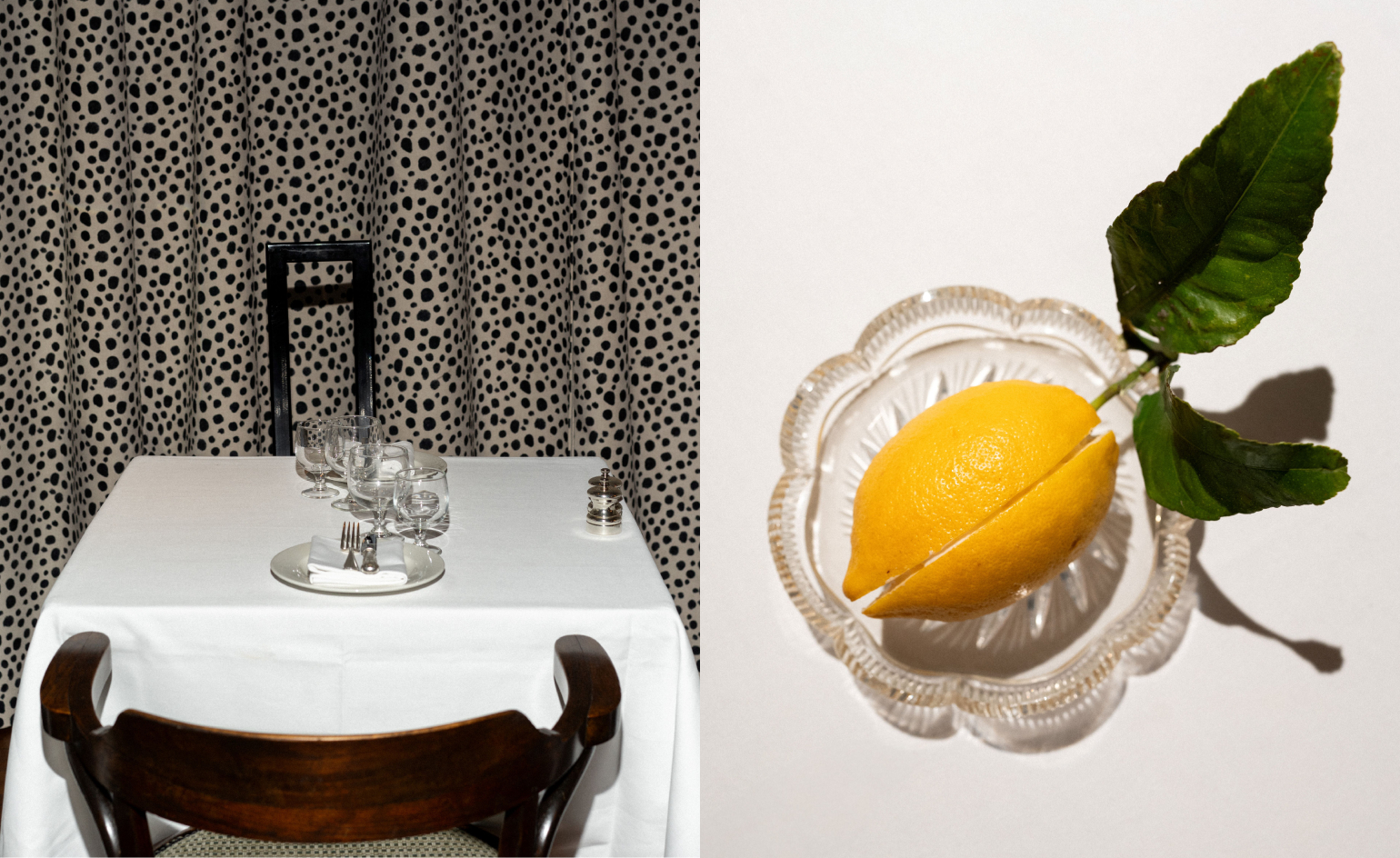 Marylebone restaurant Nina turns up the volume on Italian dining
Marylebone restaurant Nina turns up the volume on Italian diningAt Nina, don’t expect a view of the Amalfi Coast. Do expect pasta, leopard print and industrial chic
By Sofia de la Cruz
-
 Tour the wonderful homes of ‘Casa Mexicana’, an ode to residential architecture in Mexico
Tour the wonderful homes of ‘Casa Mexicana’, an ode to residential architecture in Mexico‘Casa Mexicana’ is a new book celebrating the country’s residential architecture, highlighting its influence across the world
By Ellie Stathaki
-
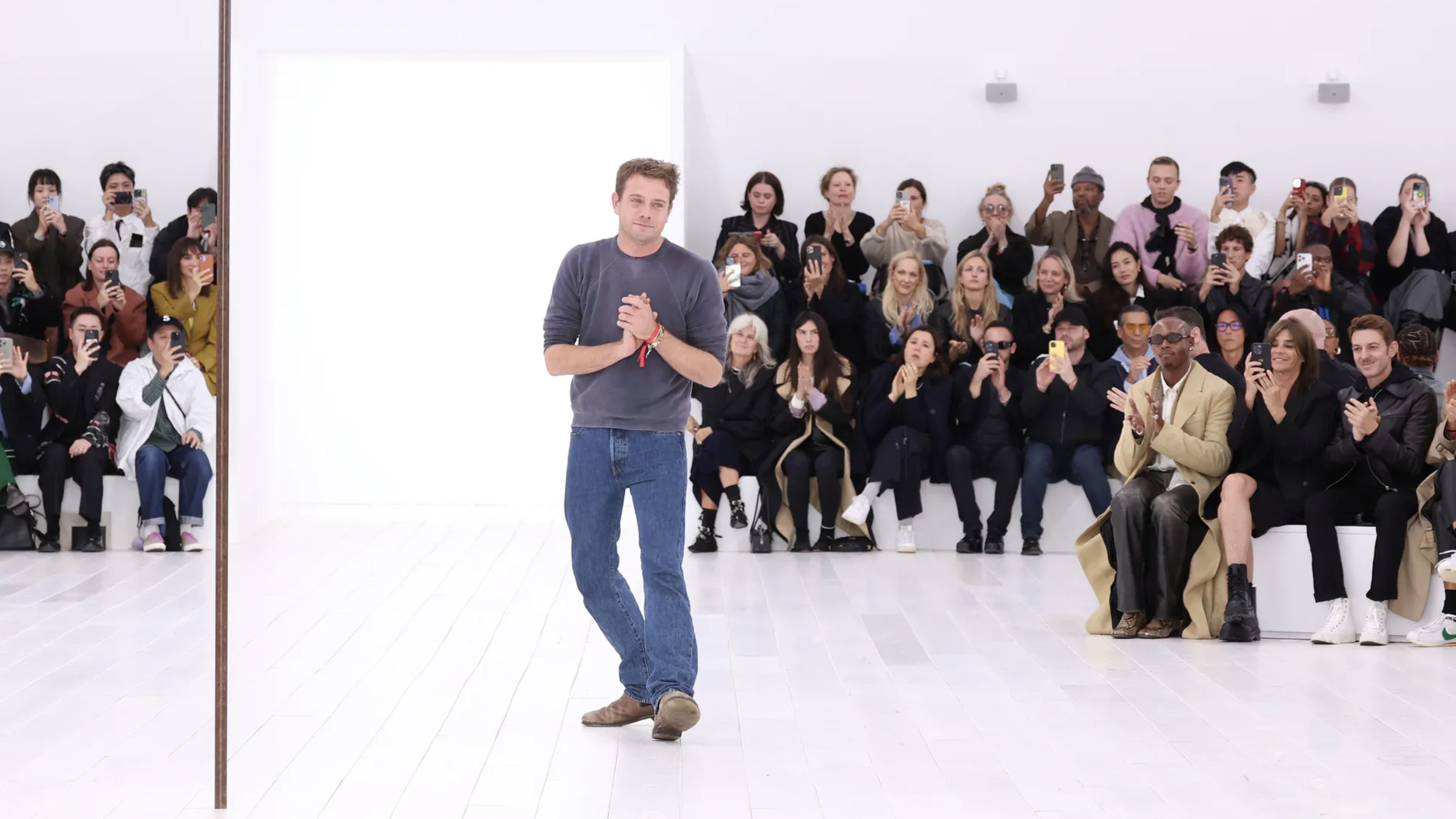 Jonathan Anderson is heading to Dior Men
Jonathan Anderson is heading to Dior MenAfter months of speculation, it has been confirmed this morning that Jonathan Anderson, who left Loewe earlier this year, is the successor to Kim Jones at Dior Men
By Jack Moss
-
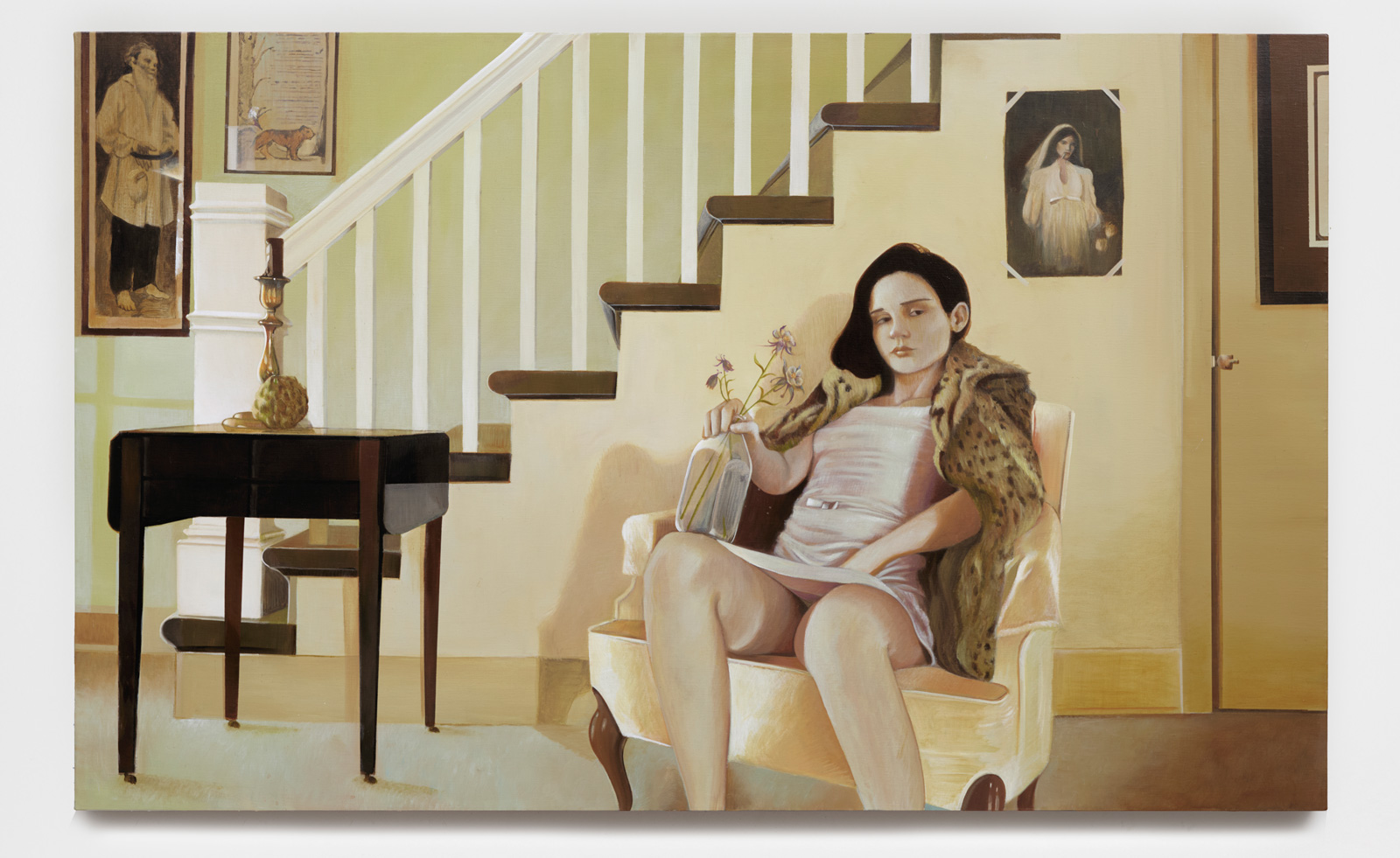 Leonard Baby's paintings reflect on his fundamentalist upbringing, a decade after he left the church
Leonard Baby's paintings reflect on his fundamentalist upbringing, a decade after he left the churchThe American artist considers depression and the suppressed queerness of his childhood in a series of intensely personal paintings, on show at Half Gallery, New York
By Orla Brennan
-
 Desert X 2025 review: a new American dream grows in the Coachella Valley
Desert X 2025 review: a new American dream grows in the Coachella ValleyWill Jennings reports from the epic California art festival. Here are the highlights
By Will Jennings
-
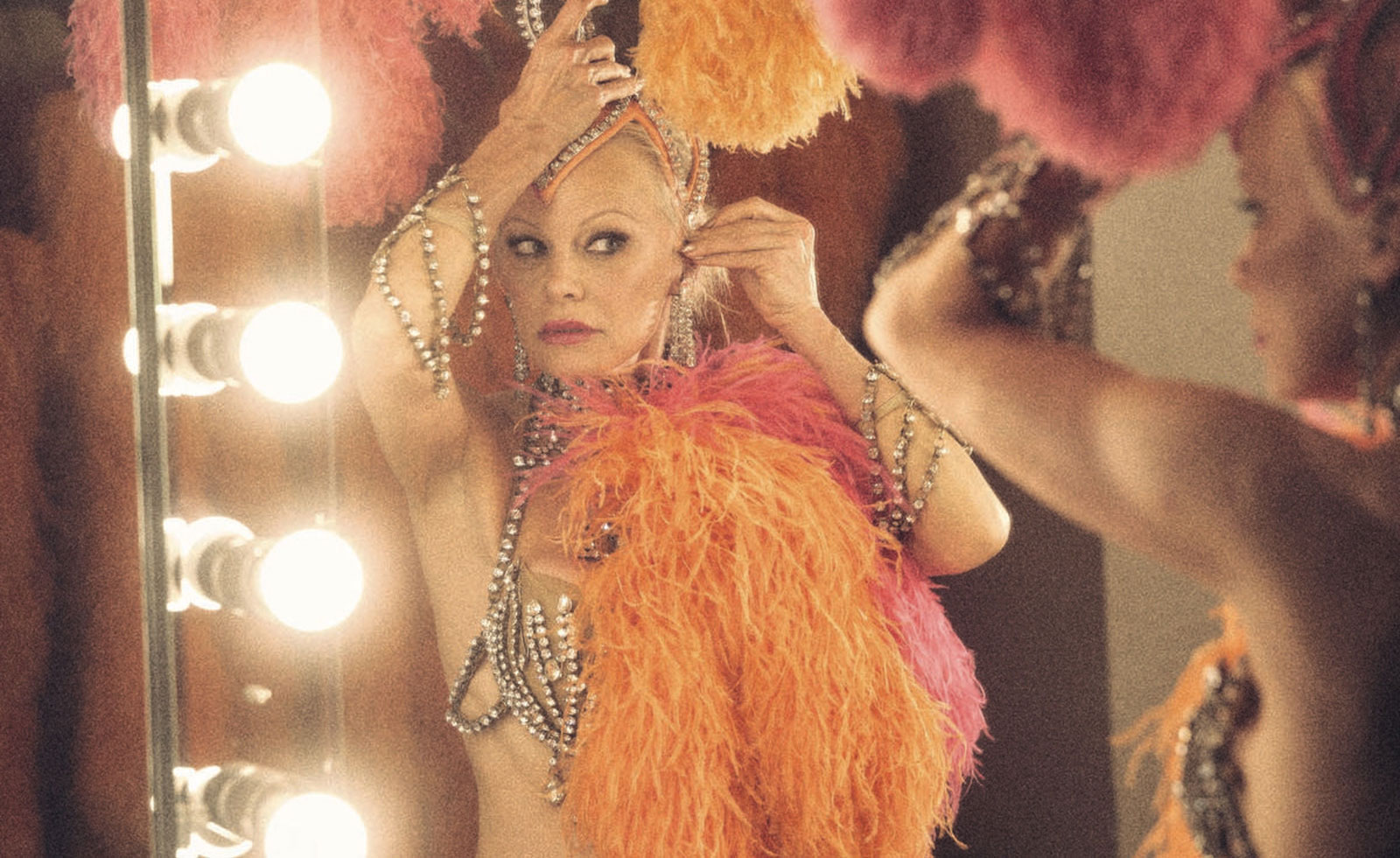 In ‘The Last Showgirl’, nostalgia is a drug like any other
In ‘The Last Showgirl’, nostalgia is a drug like any otherGia Coppola takes us to Las Vegas after the party has ended in new film starring Pamela Anderson, The Last Showgirl
By Billie Walker
-
 ‘American Photography’: centuries-spanning show reveals timely truths
‘American Photography’: centuries-spanning show reveals timely truthsAt the Rijksmuseum in Amsterdam, Europe’s first major survey of American photography reveals the contradictions and complexities that have long defined this world superpower
By Daisy Woodward
-
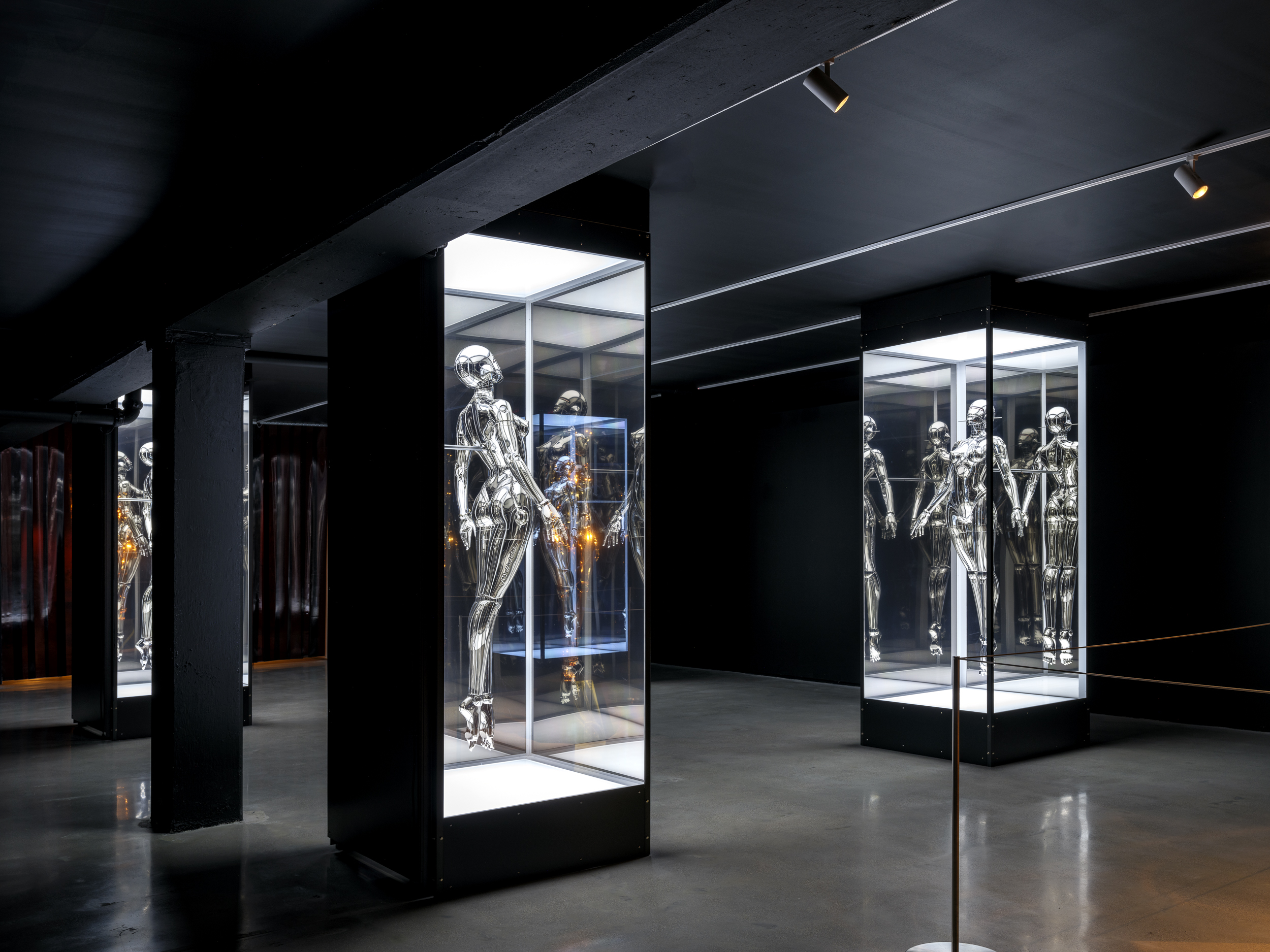 Miami’s new Museum of Sex is a beacon of open discourse
Miami’s new Museum of Sex is a beacon of open discourseThe Miami outpost of the cult New York destination opened last year, and continues its legacy of presenting and celebrating human sexuality
By Anna Solomon
-
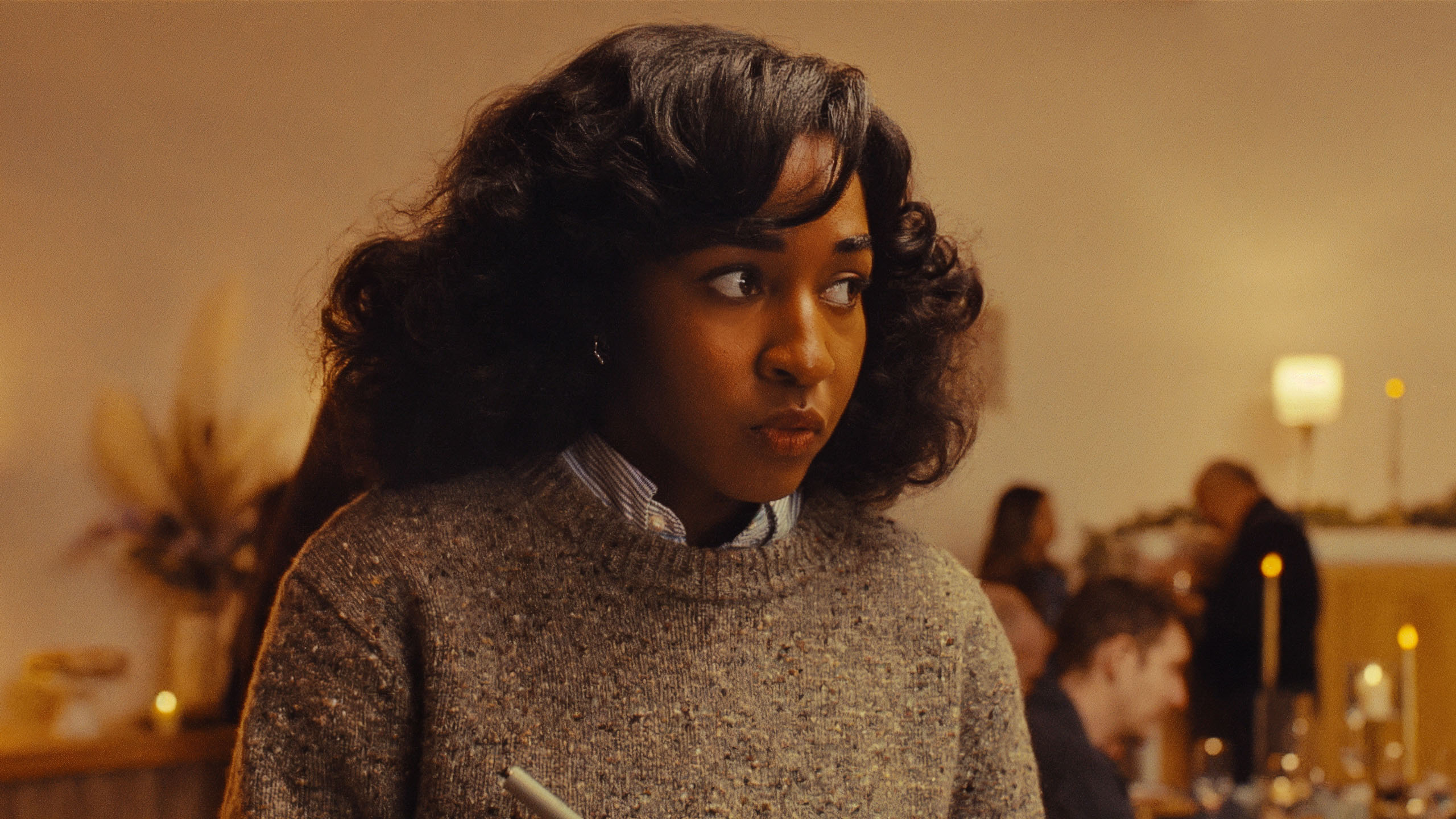 Sundance Film Festival 2025: The films we can't wait to watch
Sundance Film Festival 2025: The films we can't wait to watchSundance Film Festival, which runs 23 January - 2 February, has long been considered a hub of cinematic innovation. These are the ones to watch from this year’s premieres
By Stefania Sarrubba
-
 What is RedNote? Inside the social media app drawing American users ahead of the US TikTok ban
What is RedNote? Inside the social media app drawing American users ahead of the US TikTok banDownloads of the Chinese-owned platform have spiked as US users look for an alternative to TikTok, which faces a ban on national security grounds. What is Rednote, and what are the implications of its ascent?
By Anna Solomon
-
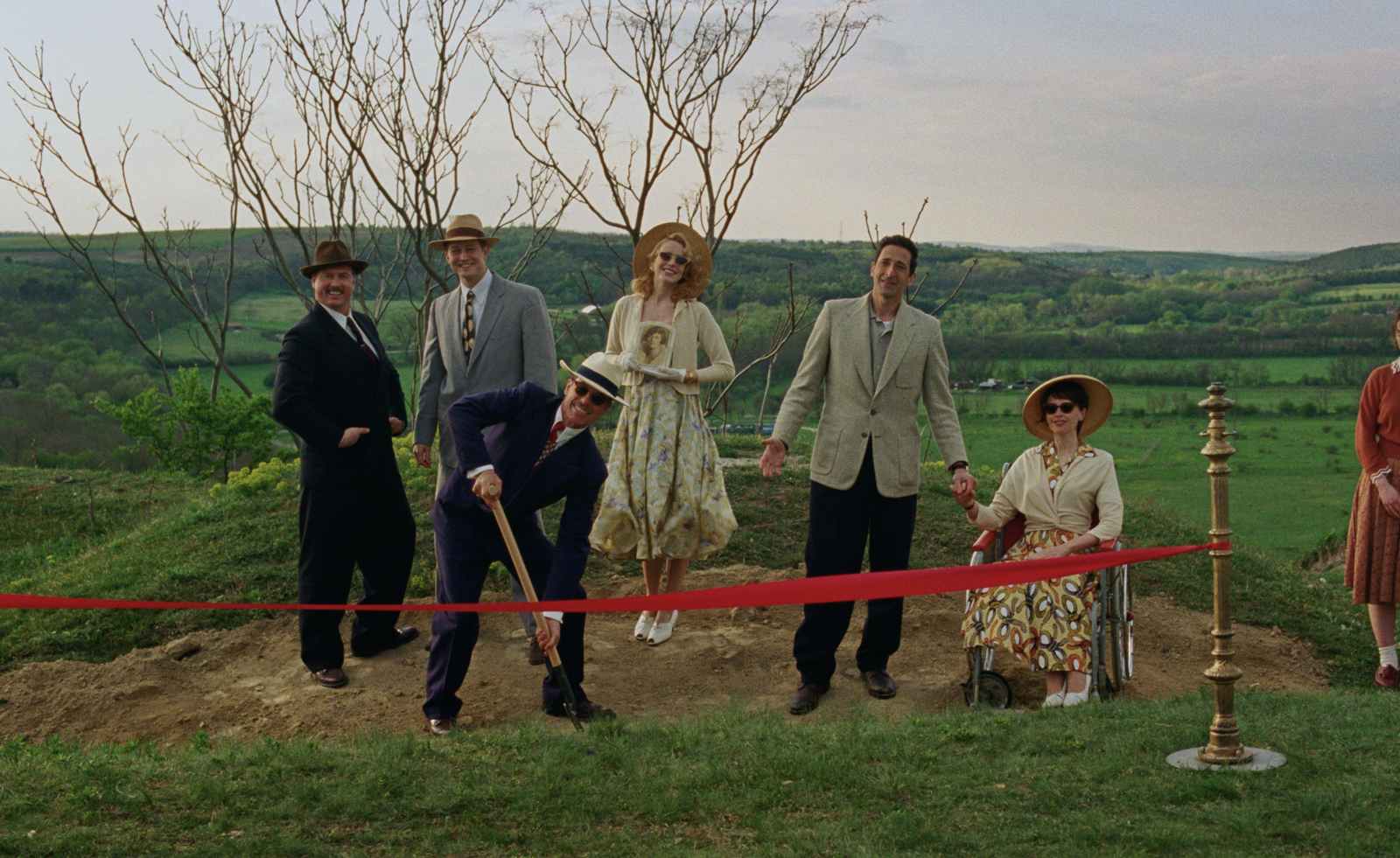 Architecture and the new world: The Brutalist reframes the American dream
Architecture and the new world: The Brutalist reframes the American dreamBrady Corbet’s third feature film, The Brutalist, demonstrates how violence is a building block for ideology
By Billie Walker